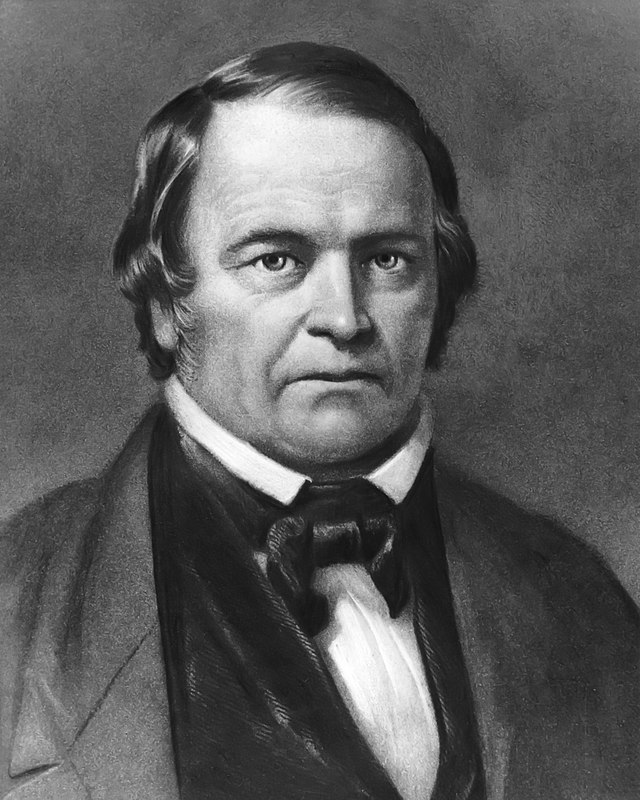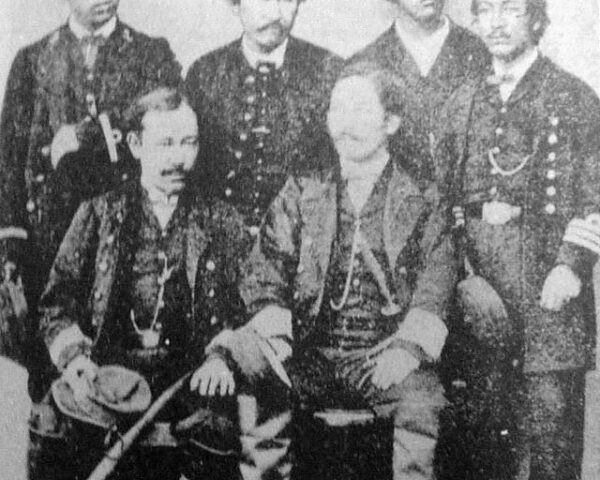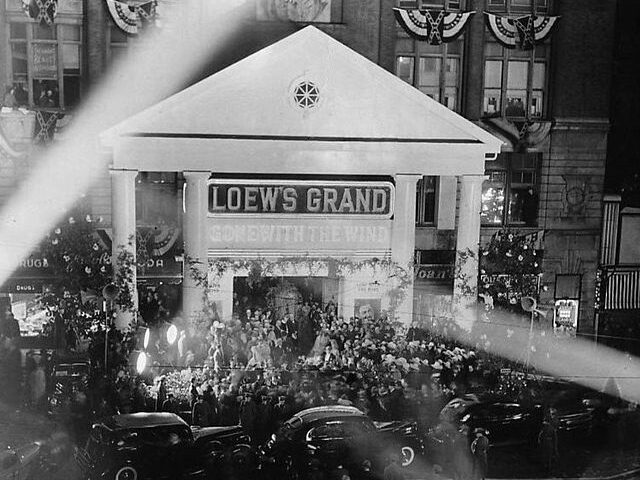On October 22, 1844, nothing happened. It was a typical day in the United States, but for tens of thousands of followers of William Miller, a Baptist preacher in Massachusetts, the day was the most disappointing day of their lives because that was supposed to be the day of the Second Coming of Jesus.
Years prior, Miller embarked on a profound journey to determine the exact timing of the Second Coming of Jesus Christ. His quest began with an unwavering commitment to the study of the Bible, specifically honing in on prophetic and apocalyptic passages, particularly the books of Daniel and Revelation. The linchpin of his calculation lay in the enigmatic words of Daniel 8:14, which spoke of “2,300 days” and the cleansing of the sanctuary. Miller boldly interpreted these “days” as representing 2,300 years.
The preacher pinpointed the starting date for this calculation at 457 B.C., a year he believed marked the decree of Artaxerxes I to rebuild Jerusalem. Adding 2,300 years to this ancient marker, he fervently arrived at the year 1843. Miller and his devout followers, who came to be known as Millerites, held their collective breath as they anticipated the arrival of the prophesied event. However, as 1843 came and went without the expected Second Coming, the Millerites recalculated, shifting their hopes to October 22, 1844.
The buildup to the prophesied date was characterized by an extraordinary level of fervor and social transformation. Millerites, motivated by their impending expectation of an apocalyptic event, abandoned their worldly possessions and livelihoods to congregate in anticipation of Christ’s return. The atmosphere leading up to October 22, 1844, was charged with a sense of foreboding, spiritual urgency, and palpable tension. Communities across the nation were gripped by an unparalleled degree of fervent hope and apprehension. The most faithful had begun selling their belongings.
However, the fateful day came and went without the expected eschatological fulfillment. This event, aptly labeled the “Great Disappointment,” was characterized by profound disillusionment and despair. The palpable fervor of the Millerites was met with stark silence from the heavens, leading to a crisis of faith among the movement’s followers. Some skeptics derided the episode as a classic case of apocalyptic failure. But, far from fading into oblivion, the Millerite movement experienced a remarkable transformation in the aftermath of the Great Disappointment.
Key figures within the Millerite movement, such as Hiram Edson and Ellen G. White, offered alternative interpretations that sought to explain the unmet expectations of October 22, 1844. They posited that Christ’s return had, in fact, occurred, but not in the anticipated physical form. Instead, it was understood to be a spiritual event, unseen by human eyes.
William Miller’s predictions, grounded in his unique interpretation of scripture and meticulous calculations, may not have materialized as anticipated. Nevertheless, his movement left an indelible mark on the religious landscape of the United States, sowing the seeds for the emergence of various new denominations and religious groups, including the eventual formation of the Seventh-day Adventist Church.






